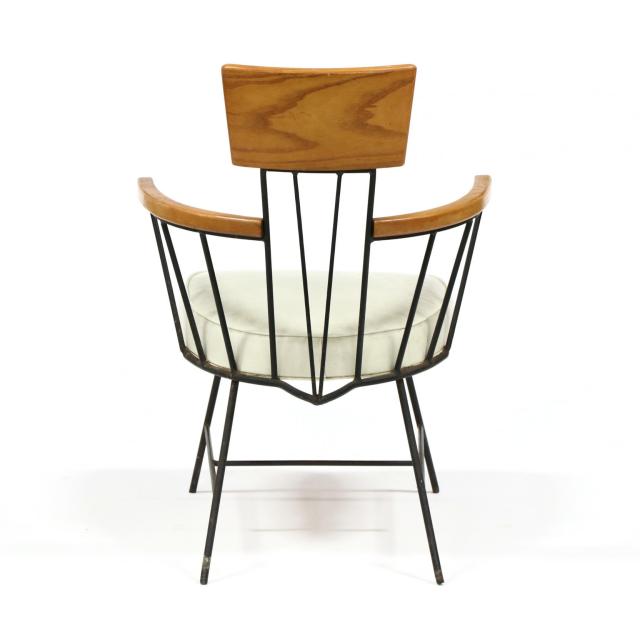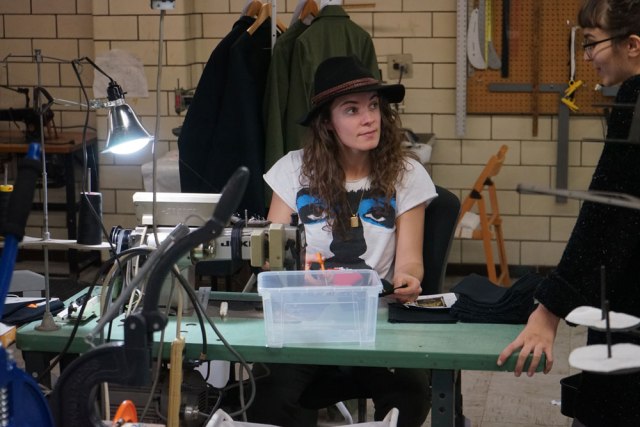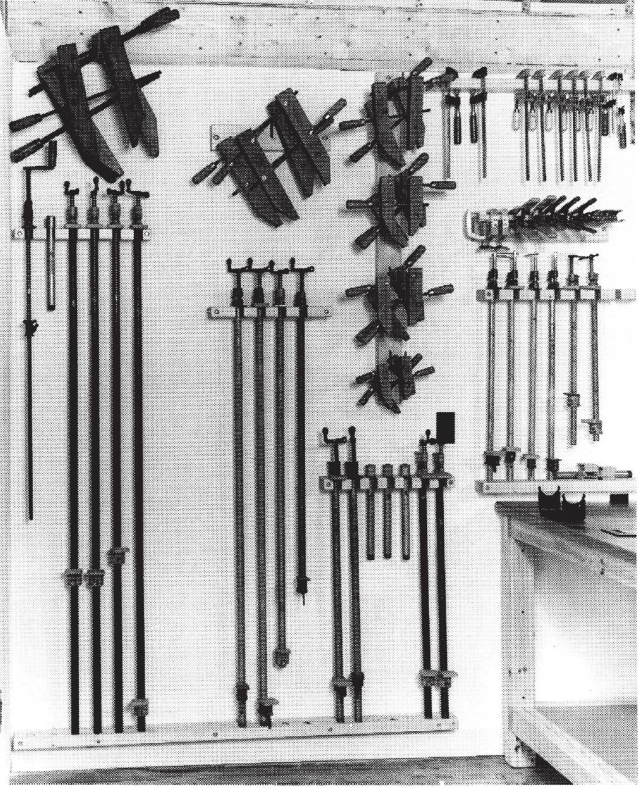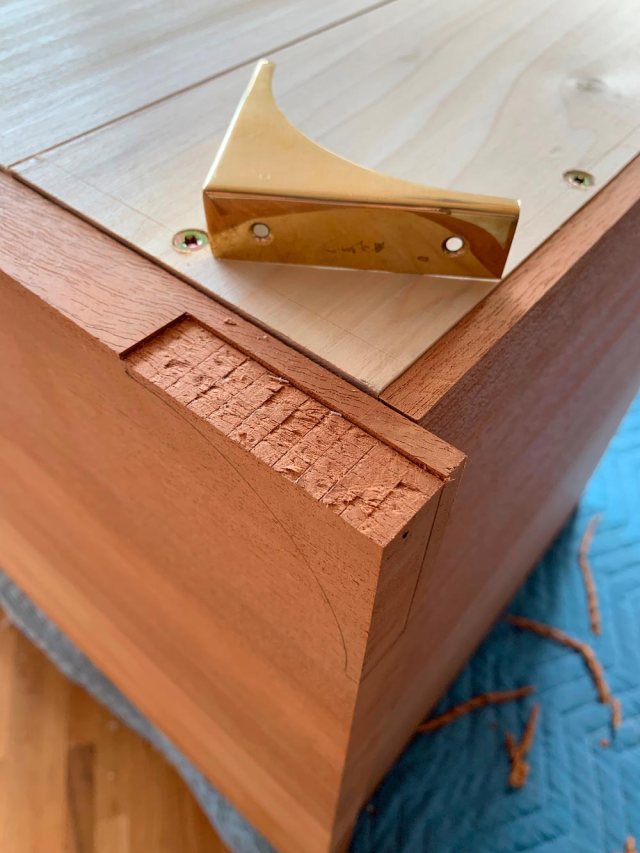Lost Art Press Headquarters, an Update –
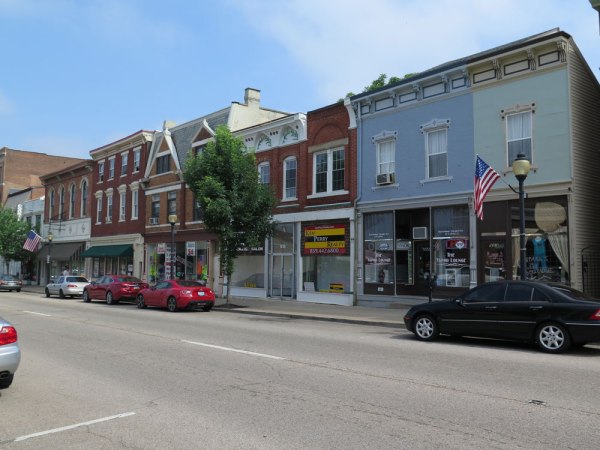
For the last two years, Lucy and I have been looking for the right urban storefront for the next stage of our lives, which will begin as soon as our daughter Katy, 14, goes to college.
We’ve looked at dozens of properties in person (hundreds online) and have come close to making an offer on two. I plan to die in the building that we buy – at the bench if I’m lucky – so I’m picky about every detail – light, the architectural core and the neighborhood for starters.
Whenever I teach a class or speak to a club, I get asked several questions: Are you opening a woodworking school? A retail store? A place to film online videos?
The answer is: None of the above.
Lost Art Press, our business, will not change. We are dedicated to making printed books (and the rare DVD) about hand-tool woodworking. We don’t want to start a school or a subscription-based website. Why? We’re passionate about books. Full stop. It’s how we learn woodworking, and we think it is still the best way to transfer the knowledge forward through time.
But this building will fertilize two parts of our business that have been dormant during our first eight years. They involve you, so that’s why I feel compelled to write about them today.
- A Mechanical Library. Our research begins in the library and ends at the workbench. As such, we have accumulated many hundreds of books on woodworking, many of which have not been digitized. With this new building, we plan to dedicate significant space to our library, which grows every week. It will be a membership library, but the membership won’t cost money. It will be something even more dear. Consider reading about the famous Cincinnati Time Store for details.
- A Woodworking Laboratory. During the last few years I have taken to collaborating with other woodworkers of all skill levels to work out sticky joinery and design problems. Putting four or six minds to work on a question produces amazing results, and it almost eliminates the idiosyncratic nature of some woodworking teaching. Running an active lab isn’t an effort to make the craft more vanilla or textbook-like. Instead, it is a way of quickly getting past the blind spots of individual researchers and woodworkers. Since I started working collaboratively with other woodworkers, I have found the extra brains lend great clarity to my work.
Today Katy and I looked at a 19th-century property that originally was the Rust Cornice Works, a storefront and factory for making sheet-metal architectural details. The location was perfect. There was plenty of space (more than 10,000 square feet). But the windows faced west. And I’d need to dump at least $150,000 into the building to make it a place to live and work. We have seen better.
The other property on our short list this week looks promising, and it includes a liquor license (no, we’re not opening a bar).
— Christopher Schwarz

